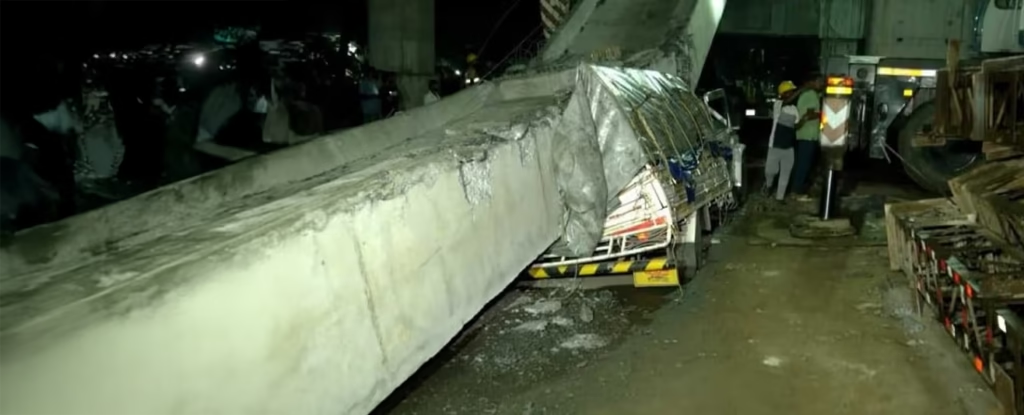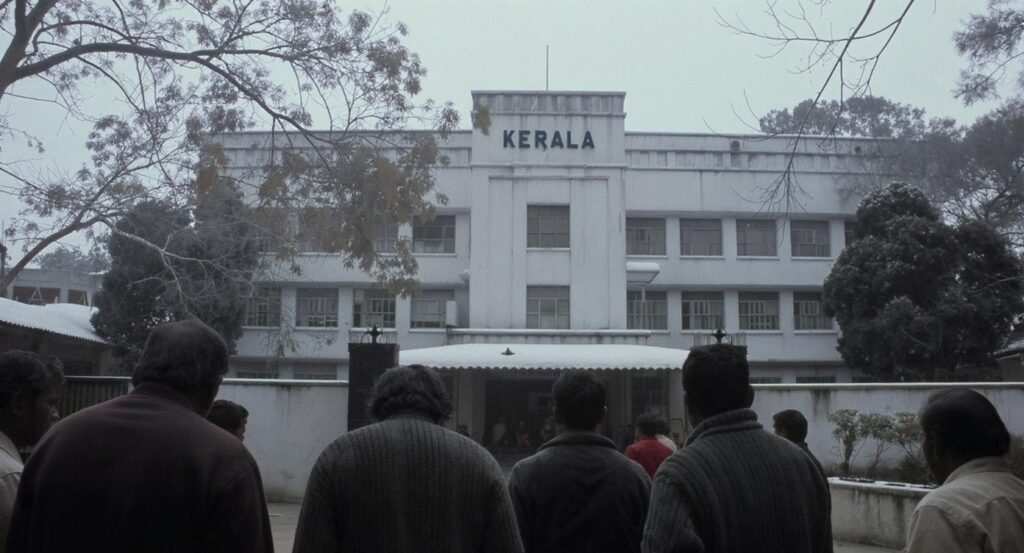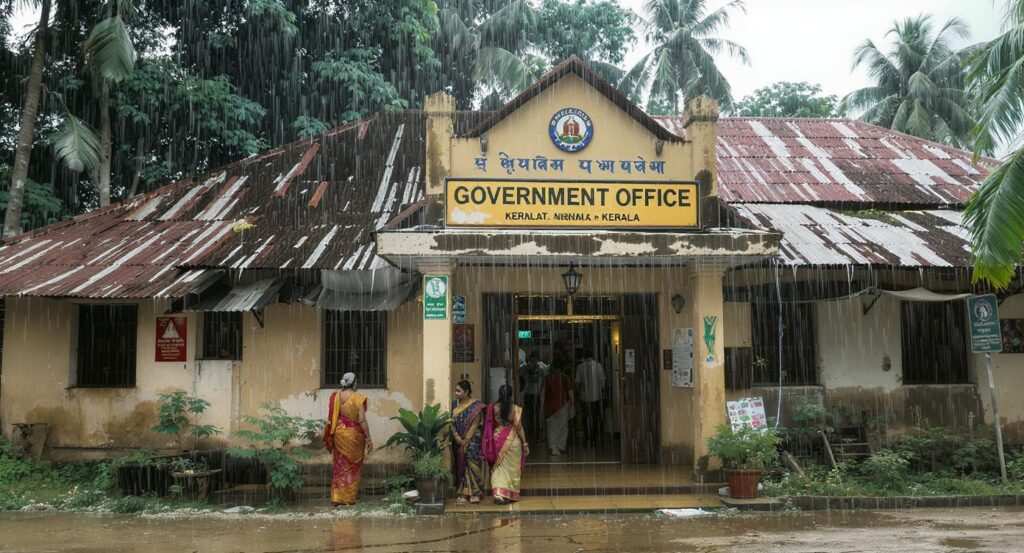Importance of Safety Regulations and Crowd Control
The tragic stampede at Cochin University of Science and Technology (CUSAT) in Kerala, which resulted in the death of four students and injuries to over 50, highlights a critical issue in public safety and crowd management. This incident raises significant concerns about the safety regulations and crowd control management in Kerala, especially in the context of large public events.
Safety regulations and effective crowd control are essential for preventing accidents and ensuring the safety of participants in large gatherings. These measures are particularly crucial in Kerala, where festivals, concerts, and public events frequently draw large crowds. Proper planning, risk assessment, and implementation of safety protocols can significantly reduce the chances of such tragic incidents.
The Downside of Lax Safety Measures
The CUSAT incident underscores the consequences of inadequate safety measures. The use of a single gate for both entry and exit, lack of adequate crowd control measures, and poor emergency response planning were significant factors that contributed to the tragedy. This not only leads to loss of life and injuries but also tarnishes the reputation of the organizing bodies and the state.
Areas of Improvement
Stringent Safety Protocols: There is a need for stricter safety protocols and guidelines, specifically tailored for events with large gatherings. This includes multiple entry and exit points, emergency evacuation plans, and adequate medical facilities.
Effective Crowd Management: Proper crowd management strategies, such as barricades to manage queues, sufficient security personnel, and crowd monitoring, are vital to prevent overcrowding and ensure orderly movement.
Infrastructure Assessment: Venues should be assessed for their capacity and suitability for hosting large events. This includes evaluating the structural integrity, assessing the steepness and safety of steps, and ensuring that the venue can accommodate the expected number of people safely.
Training and Preparedness: Event organizers and staff should be trained in crowd management and emergency response. Regular drills and awareness programs can help in preparing them to handle unexpected situations.
Public Awareness: Educating the public about safety measures, the importance of following protocols, and self-awareness in crowded situations can also play a crucial role in preventing stampedes.
Looking to the Future
The tragedy at CUSAT serves as a wake-up call for Kerala to revamp its approach to public safety in large events. This includes not only implementing stringent safety protocols but also investing in infrastructure that can safely accommodate large gatherings. The involvement of multiple stakeholders, including government bodies, event organizers, security agencies, and the public, is crucial in this endeavor.
While Kerala is known for its vibrant public events and cultural gatherings, the safety of its people should always be the foremost priority. Learning from this unfortunate incident and taking proactive steps to enhance safety and crowd management can help prevent such tragedies in the future and ensure the well-being of all participants in public events.





